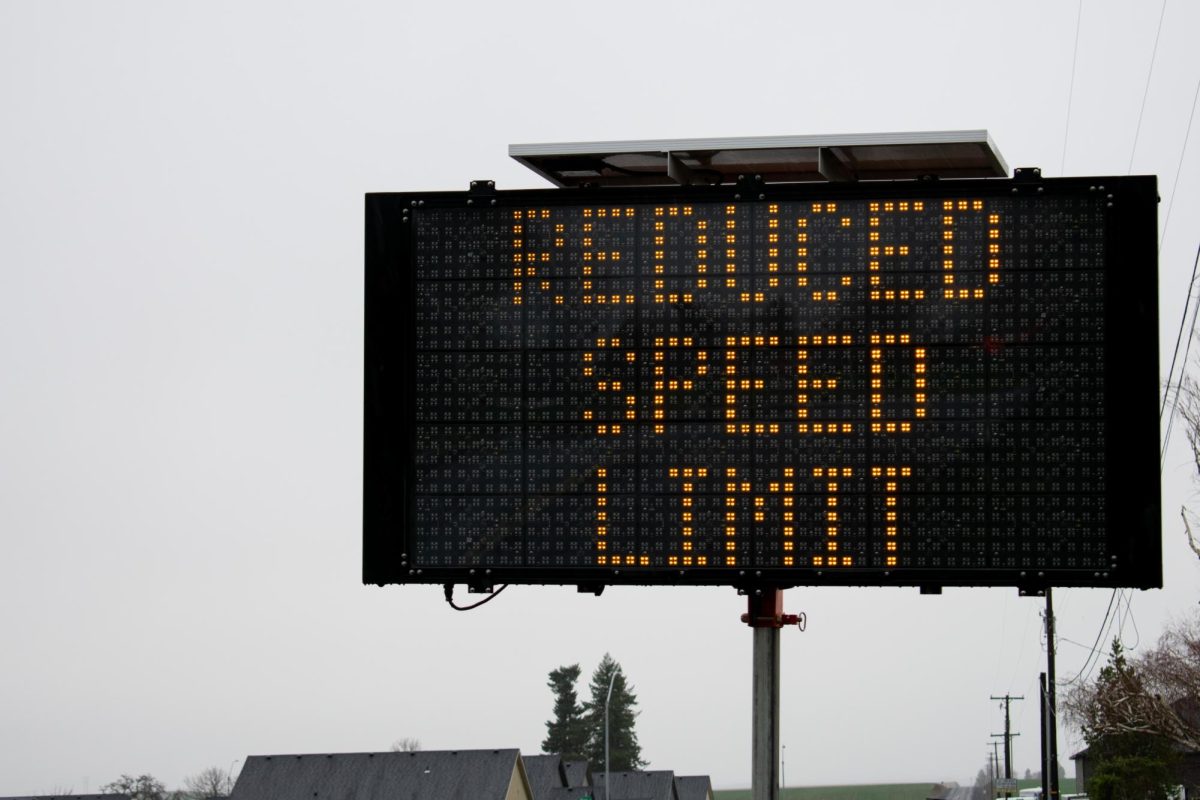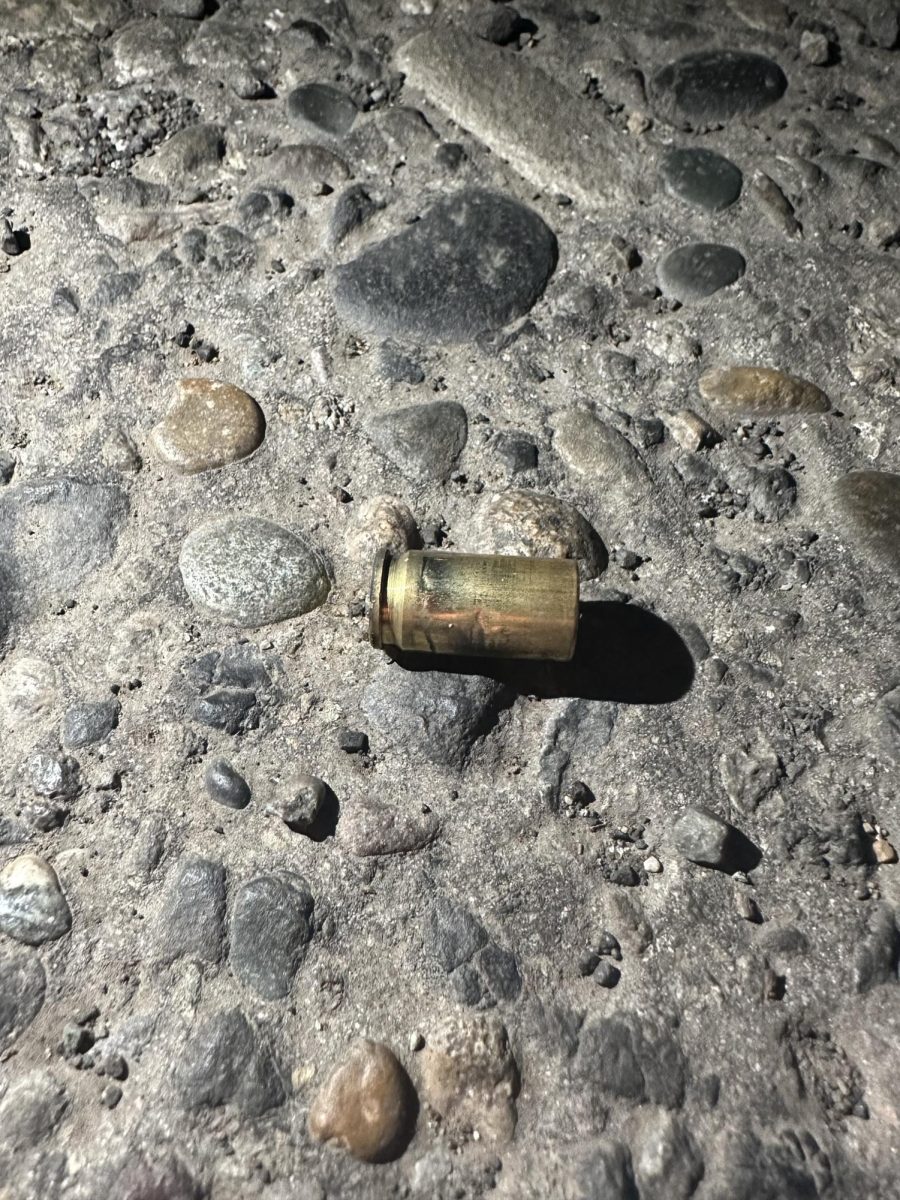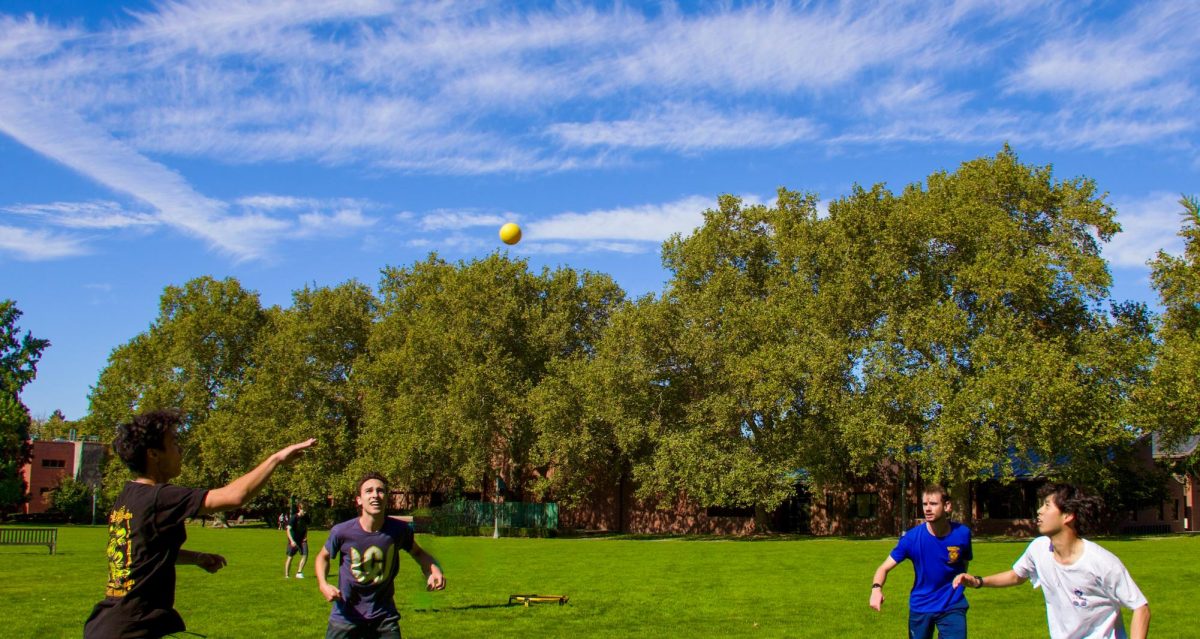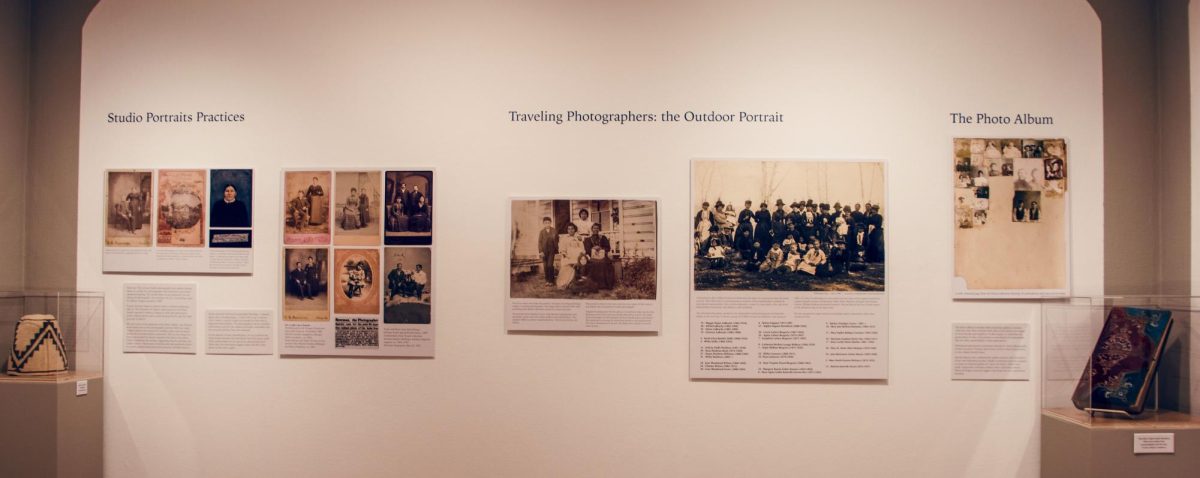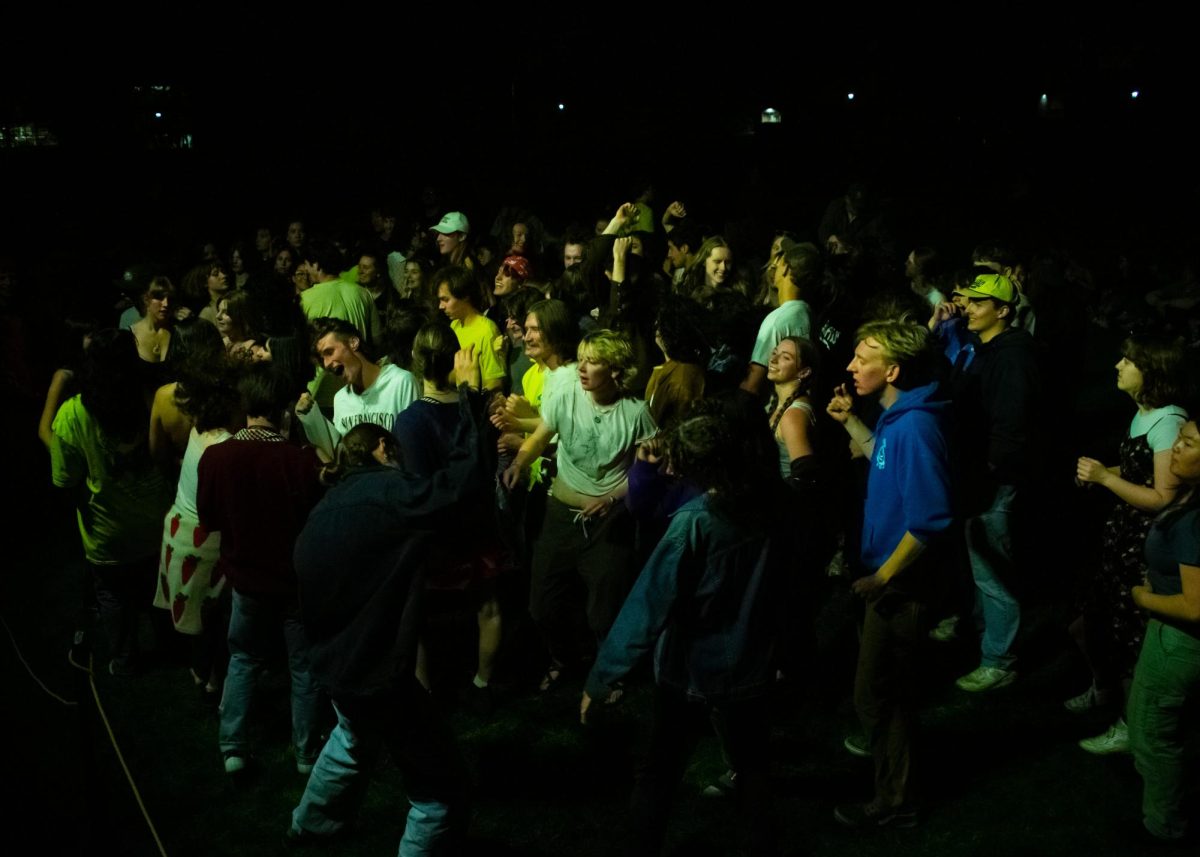Walla Walla’s 2024-2029 comprehensive transportation plan has “unprecedented” amounts of grant funding associated with it, according to Assistant City Engineer Monte Puymon, P.E.
“Within the last 18 months, we have been awarded just shy of $32 million in 20 applications in the transportation realm, and as far as I know, that’s unprecedented in the city’s history,” Puymon said.
According to Puymon, this increase in funding is in part due to the two-tenths of a percent sales tax increase in Walla Walla that goes towards transportation. This money has allowed the city to meet matching requirements for more grants.
“[Money from the sales tax increase is] dedicated to transportation funding improvements that our citizens prioritize. We did a citizen survey back in 2021 and asked them to identify their top 25 street priorities. Any reconstruction projects have to be on one of those 25 streets,” Puymon said.
Puymon listed work on Pine Street from 2nd to 9th Street, Poplar Street from 5th to 14th Street, bridge maintenance on nine separate bridges, replacement bridges over Mill Creek on 4th, 5th and 6th Street, preservation on 2nd and Rose Streets (this year) and work on Alder Street (a few years down the line) as focus areas.
Major road work is nothing new in Walla Walla. Senior Hanna Lynch commented on the prevalence of road closures throughout her time at Whitman.
“Last year and when I was a sophomore, where all those roundabouts [along Poplar Street and Palouse Street] are now, it was completely closed … Alder was closed for a pretty big chunk, all the way down to where the roundabout is now,” Lynch said.
This year, Lynch has a car in Walla Walla, and road closures still sometimes crop up.
“It’s been a little weird to deal with because you get to a street and it’s like ‘oh, detour,’” Lynch said.
Puymon shared that many grants specifically address safety concerns.
“For example, bicycles, pedestrians and vehicles all share a street corridor. The safest approach is to have dedicated facilities for each. So a vehicle lane, a bicycle lane, a sidewalk. That’s going to be the safest approach. But that can come at the cost of a travel lane … We’ve been very fortunate to have public outreach and citizen feedback that supports those conversions,” Puymon said.
Though he expressed approval for much of the plan, particularly work on Rose Street, senior Dante Morelli is still disappointed in what the city has planned for bikers.
“I wish that they were a little bit more robust in, say, adding protected bike lanes into streets … even the new ones on Alder, for instance, they’re just paint and they’re between parked cars and driving cars. So either you get hit by a car or you get doored,” Morelli said.
He also wished there were plans for Boyer Ave. where it runs through Whitman’s campus.
“What I want to see … is for Boyer to be closed from downtown to the end of campus and turned into a bike path, infrastructure for students walking. As the campus moves more towards downtown with the new junior-senior housing project, I think it’s going to be more important for the college to consider asking the city to close off Boyer,” Morelli said, “I’ve seen a lot of conflict between students and drivers on Boyer, and I think it creates unnecessary tension.”
Concerns around pedestrian safety have also led to speed limit reductions on Division St. (30 to 25 mph) and Lower Waitsburg Rd. between the northern city limits and Highway 12 (50 to 35 mph).
“Our city is growing out from the downtown corridor and maybe those speed limits have been in place for many decades and aren’t appropriate anymore,” Puymon said.
Morelli questioned whether these reduced speed limits would actually make a difference, particularly on Lower Waitsburg Rd.
“People already drive like 70 on [Waitsburg],” Morelli said, “Putting a different sign up isn’t going to make a difference unless you actually change the way the road works so that you can encourage people to drive slower.”
According to Elaine Dawson, Engineering Project Coordinator and author of the 2024-2029 plan, it’s important to remember that the six year plan is “a living document.”
“Every year we evaluate it and update it in real time for what we expect to happen,” Dawson said.
Both Dawson and Puymon pointed to the GoWallaWalla site as a good resource for those interested in learning more about specific projects, and added that project managers can be contacted for further details.


